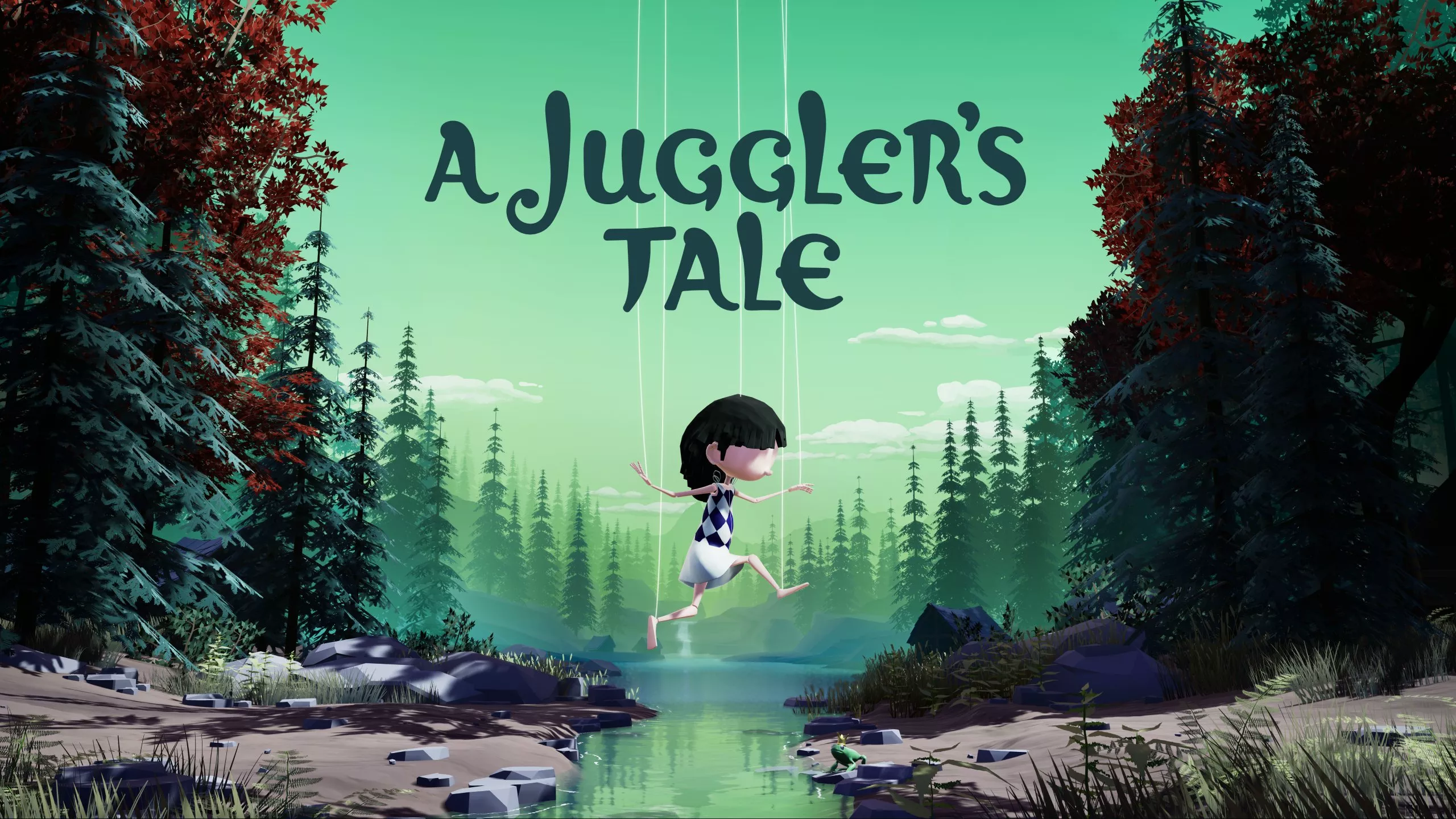Blue Fairy: Yes Pinocchio, I’ve given you life.
Pinocchio: Why?
I don’t want to go visiting the intentions of why indie devs make “Small Child Scary World” games. Now, I’m not saying that indie devs are suppressing some sort of contempt for children. And I’m certainly not speculating that many of them are recent parents, sublimating the stresses of caring for small people, but some folk out there are certainly making games to work through some things. And I love it.
A Jugglers Tale by Kaleidoscube is a short but very well executed “Small Child Scary World” game. In it you’ll run to the right, solve puzzles and occasionally die violently. If you liked Playdead‘s Limbo or Inside then you will certainly like this.
At A Glance
| Scores | |
| Visuals | 8/10 |
| Sound | 8/10 |
| Gameplay | 7/10 |
| Overall | 7/10 |
| Positives | + Gorgeous environment + Rewarding puzzles + Innovative storytelling |
| Negatives | -Very short -Movement feels sluggish -Juggling not a major concern |
| Price (When Reviewed) | £12.99 |
| Our Playtime | 4 hours |
| Available On | PC, Xbox One, Xbox Series X|S, Nintendo Switch, PlayStation 4, PlayStation 5 |
You play as Abby, a puppet. The game opens with The Narrator setting the stage in a puppet theatre, with each line delivered in a sort of sing-song rhyme similar to a fairy tale. The story and gameplay is broken up into chapters, each adding more pressure and darkness to Abby’s world. The start of each chapter begins on a stage with an artificial façade of painted panels which transitions to a real world as you move to the right of the screen. It’s a nice little thematic trick which combines well with the narration to reinforce the main objective. Which is to tell a good story.
A Juggler’s Tale is a 2.5D sidescroller with simple movement and traversal mechanics. There aren’t any pixel perfect jumps to be made though and for the most part A Juggler’s Tale is quite forgiving, with Abby doing a lot of work for you by grabbing ledges and climbing objects on contact. I was playing on PC and unfortunately I found the controls and movement to feel a bit sluggish. Particularly with throwing objects, the mechanics don’t seem to lend themselves well to using a mouse and keyboard, though I expect if I’d used a controller I’d have had a much smoother experience. Similarly Abby seems to move just a little bit too slowly which could just be down to my own impatience or a deliberate choice to make Abby feel more like a puppet, but even by design it still felt restrictive.
The platforming and traversal isn’t the main challenge in A Jugglers Tale though, it’s the puzzle solving. Kaleidoscube have created a great set of puzzles and, as is usual for this sort of experience, they’re mostly focused on throwing or pushing objects or sequencing actions. Being a puppet on strings adds an interesting restriction to your ability to solve problems though. You’re unable to walk under ledges or platforms as your strings get in the way. They can also catch and pull on some objects so you need to be mindful of your surroundings. Looking for ways to interact with the environment which aren’t immediately obvious was a nice change of pace. Rather than the usual ‘move the box onto the button’ puzzles that are commonly presented challenges in this genre. The strings add a layer of complexity to some of the puzzles and neatly lines up with Abby’s character development later on. It’s an innovative mechanic which unfortunately Kaleidoscube have severely underused; it only crops up in only a handful of puzzles which seems like a travesty given the already short playtime. Despite that, some of the puzzles were tricky enough to slow me down; I regularly found myself having to stand back and take in the scene to figure out what I was missing and why I couldn’t find out the solution. This could be because the devs don’t hold your hand too much. The art style is clean and conveys enough information to the player if they’re willing to just look for clues themselves. There aren’t any overblown UI elements, arrows or quest markers in your face telling you exactly where to stand or to essentially solve the puzzle for you. Interactive elements are often highlighted with a red cloth or The Narrator might give you some clues in his condescending way but it isn’t heavy handed. I’ve played puzzle platformers where problems are all but solved for you, with each element highlighted with markers then camera focussing to show you what order to do things. This isn’t the case in A Juggler’s Tale, and when you beat a puzzle you get to feel like you actually solved it which is gratifying even on the more simple challenges.
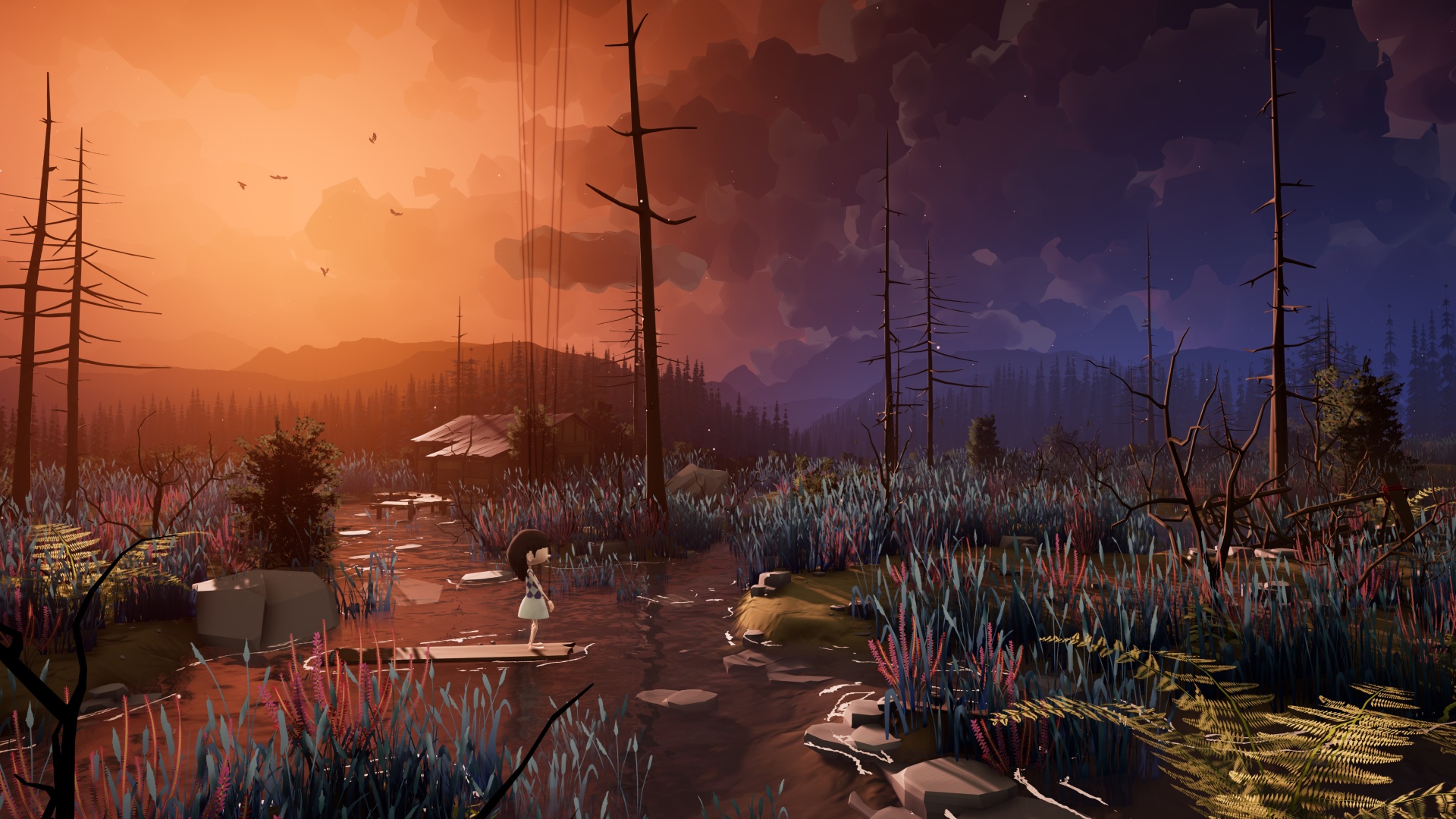
Each puzzle is a scene on its own with The Narrator unfolding more of the story as you solve them. The style of The Narrator’s delivery reminds me of Bastion and The Stanley Parable. In both of those titles there’s a disembodied voice chipping in to snark at your mistakes or just describe what the player is doing, and before long you come to realise they have a bigger part to play in the overarching story. Similarly here, he interjects from time to time as you push a box or throw an apple – The Narrator also appears to be the one pulling your strings. The delivery is excellent, each line is a poetic little rhyme that could have been lifted from a children’s book of fairy tales. In the beginning he’s talking to you, as if he’s reading a bedtime story to the player. Over time he switches to speaking directly to Abby, sometimes falling off-kilter and messing up his rhymes as you do something unexpected. I can’t describe too much of The Narrator’s role in the story without revealing anything spoilery but it’s implementation is stellar in an “unreliable narrator” kind of way.
Abby’s story starts out with her performing in a circus. Here you learn about jumping, throwing and climbing and why you should always trust bears, and that bears are our friends. After a brief stint in a cage and some musings from me about how far we’ve come with child labour laws, Abby flees to find a new life. As you follow her journey you’ll pass through some of the best looking landscapes I’ve seen in games for a long time. It seems such a shame that you pass through each set piece so quickly, which could offer an explanation as to why Abby’s movement feels so anaemic – if I was the art director for A Juggler’s Tale I’d take it very personally if players were allowed to blitz past all that hard work. The art style and sound design have clearly been a labour of love. Earlier in the story the themes are bright and summery and reinforce an almost child-friendly atmosphere of adventure and cutesy hijinks. That doesn’t stick around though, and as you progress the story the environments get progressively more spooky and austere as Abby’s journey takes a turn for the worse. Initially the colourful puppets seemed safe but I slowly realised just how creepy they are. I had a great moment of dissonance when I started a puzzle and found myself saying “Oh, that’s a corpse on a rope” and it gets more bleak from there.
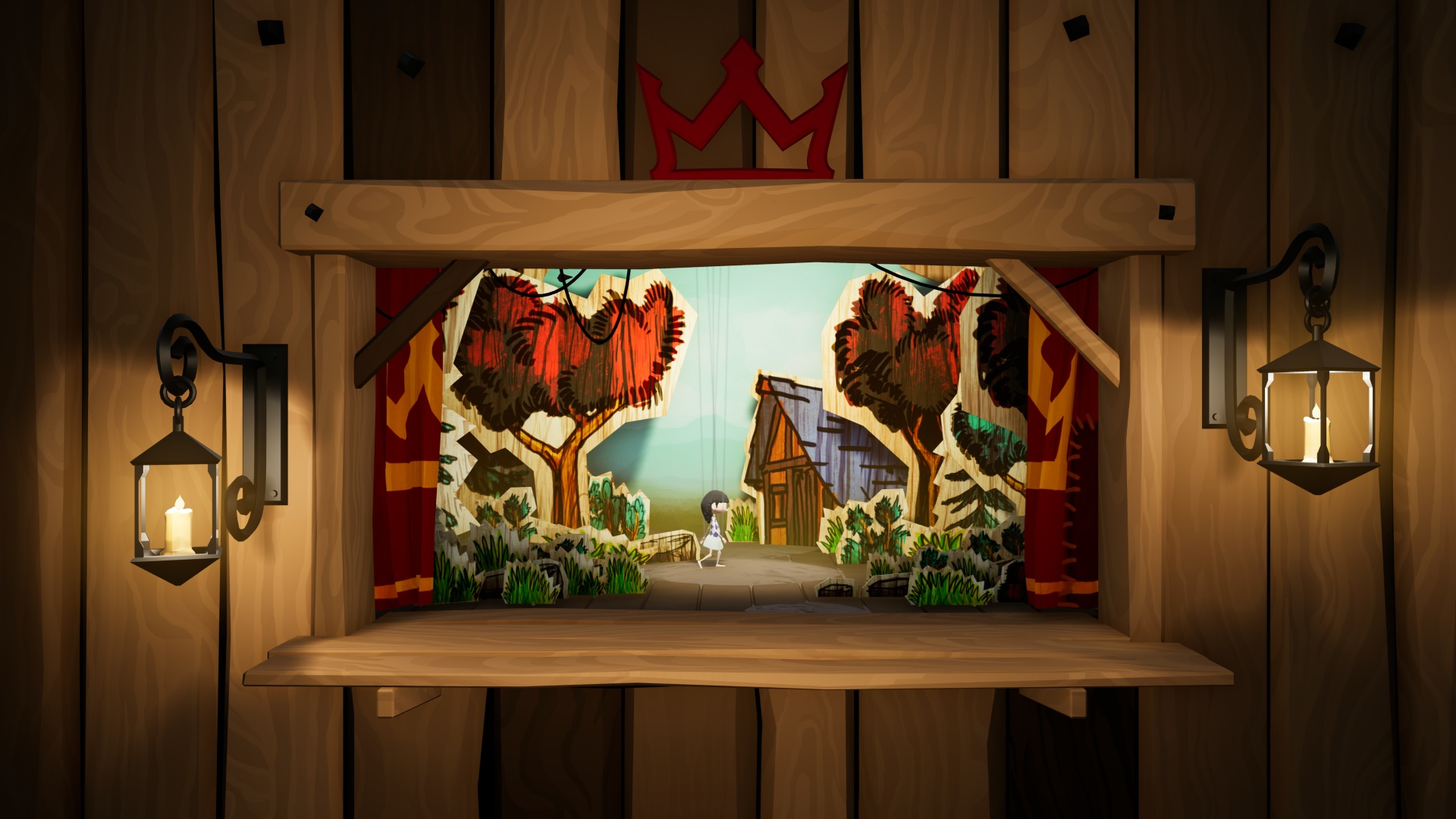
I promised myself I wasn’t going to rant about the spider…. I’d like to offer an open letter to indie devs making games in this genre.
Dear Indie Devs
I hope this letter finds you well and that you aren’t overwhelmed by constant intrusive thoughts of committing horrible violence to small innocent people. I have noticed a trend in the Small Child Scary World Genre, and I have a question which I feel demands answers.
Why? Why is it ALWAYS spiders? Do you get some sort of subsidy from the Spider Underlords that run the gaming industry? Limbo famously has the spider scene. I played Out of Line recently, what do you spend a lot of time running from? Spiders. Even Abe’s Oddysee has you sprinting away from what is basically an alien spider. Kaleidoscube, you start A Jugglers Tale by introducing a friendly bear, I propose that there is a better way to spook up Small Child Scary World games than to add the spider. GO WITH THE BEAR.
Yours Sincerely,
Odi
Jokes aside, A Jugglers Tale does tread a lot of ground already covered in similar titles. It does a fantastic job but unfortunately doesn’t overcome some of the limits of the genre. There isn’t a lot of complexity or intrigue to dig into or a system to unpick and optimise, but the worst hangover it inherits from the genre is being very short.
I’m usually ready to defend a game’s length; short games can be just as worthwhile as long ones, but A Jugglers Tale feels very short. You can easily beat it in one sitting, and I actually played it twice to see if a choice mattered later in the story. On my second run, knowing all of the puzzle’s solutions, I flew through the whole game in no time. As enjoyable and memorable as it is, this is a one-and-done experience. This might make the price point of the game rub people up the wrong way and I’d struggle to argue with that. The cash is definitely on screen and I’d say you get more than what you pay for, but if you’re on a tight budget for games then on a purely game-length-versus-price it isn’t for you.
Other than length I have very few real criticisms of A Jugglers Tale; Kaleidoscube have knocked it out of the park. What they’ve made is a very tight experience which is both harsh and beautiful, I just wish there was more of it.
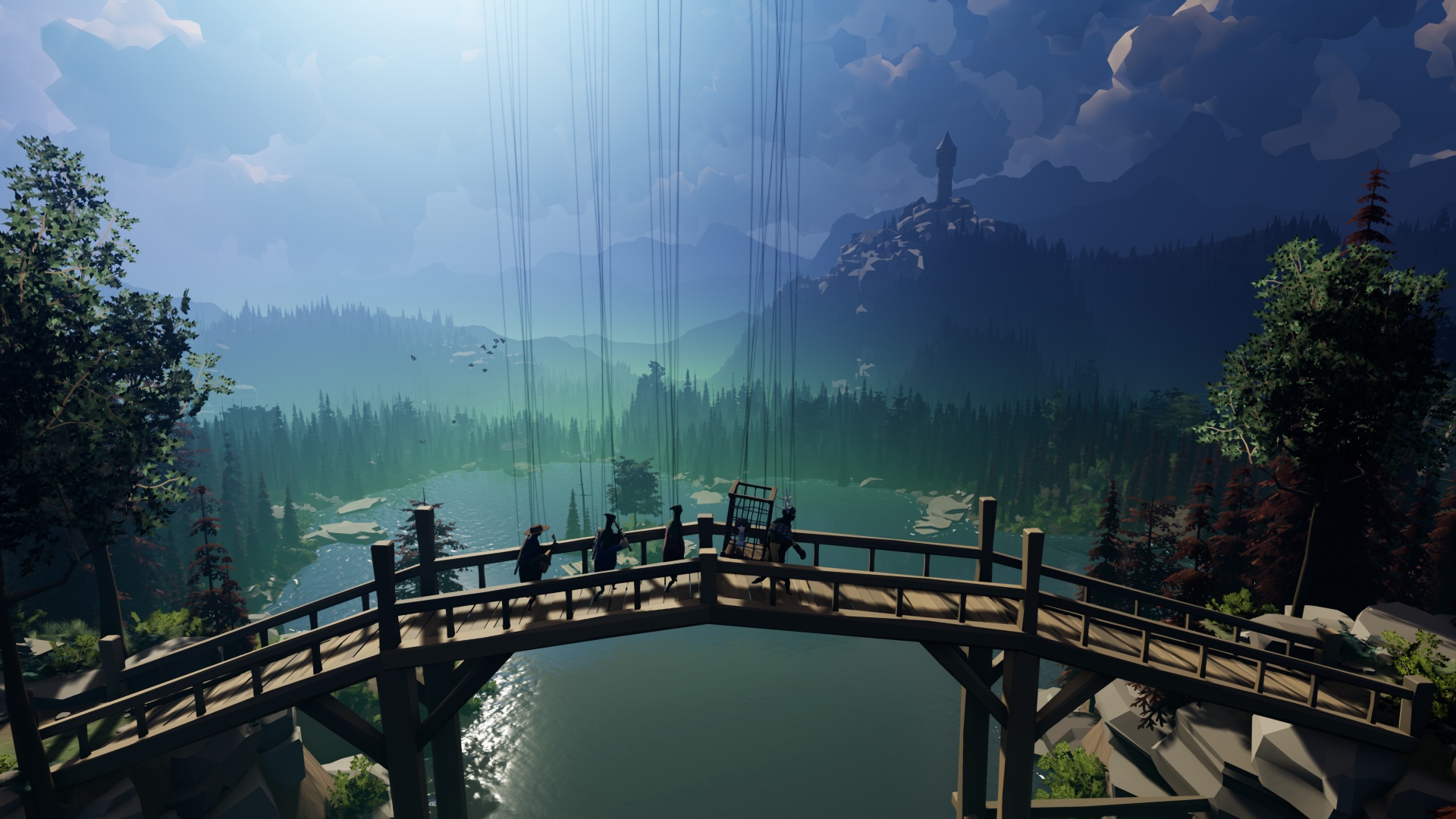
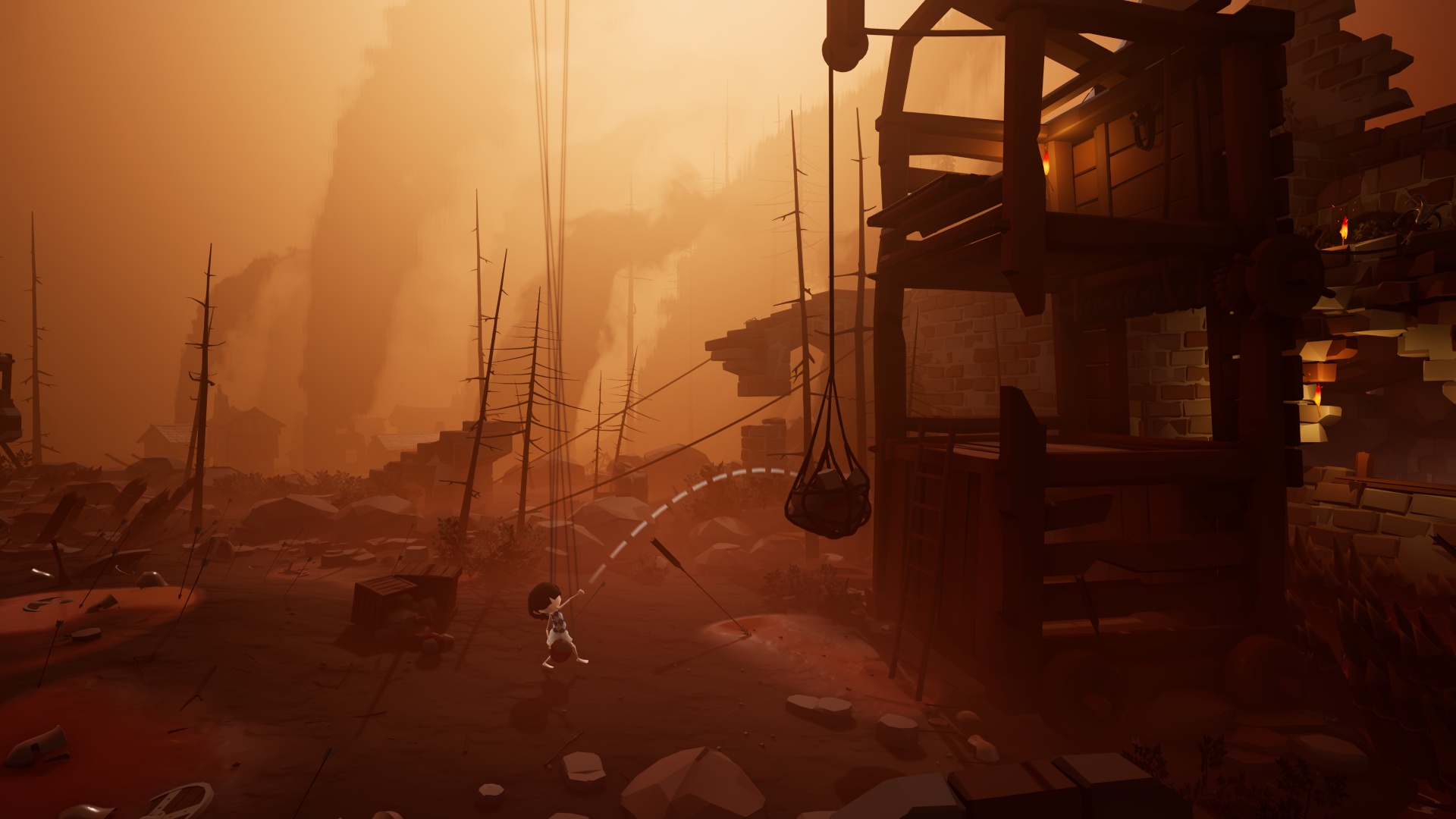
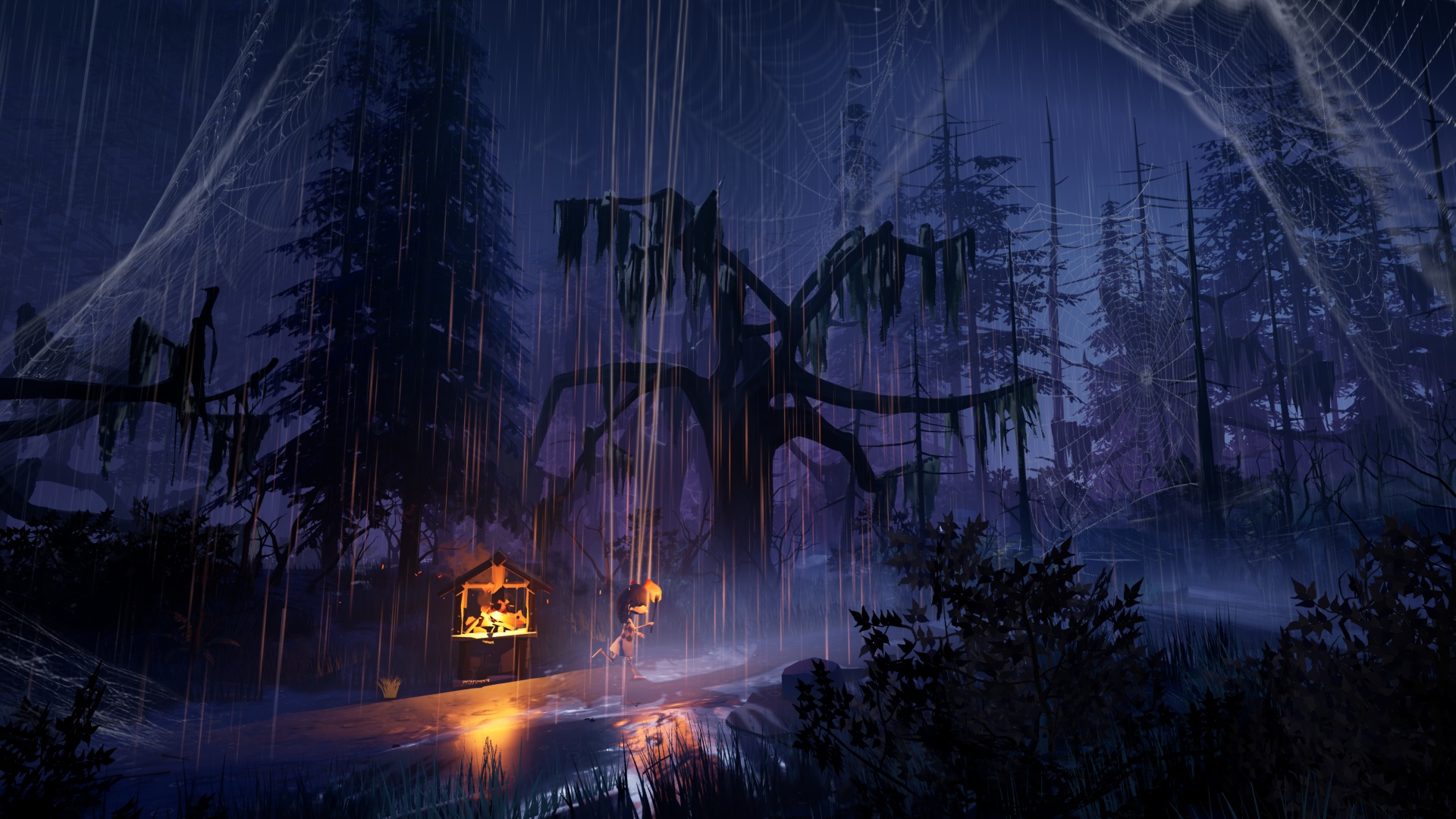
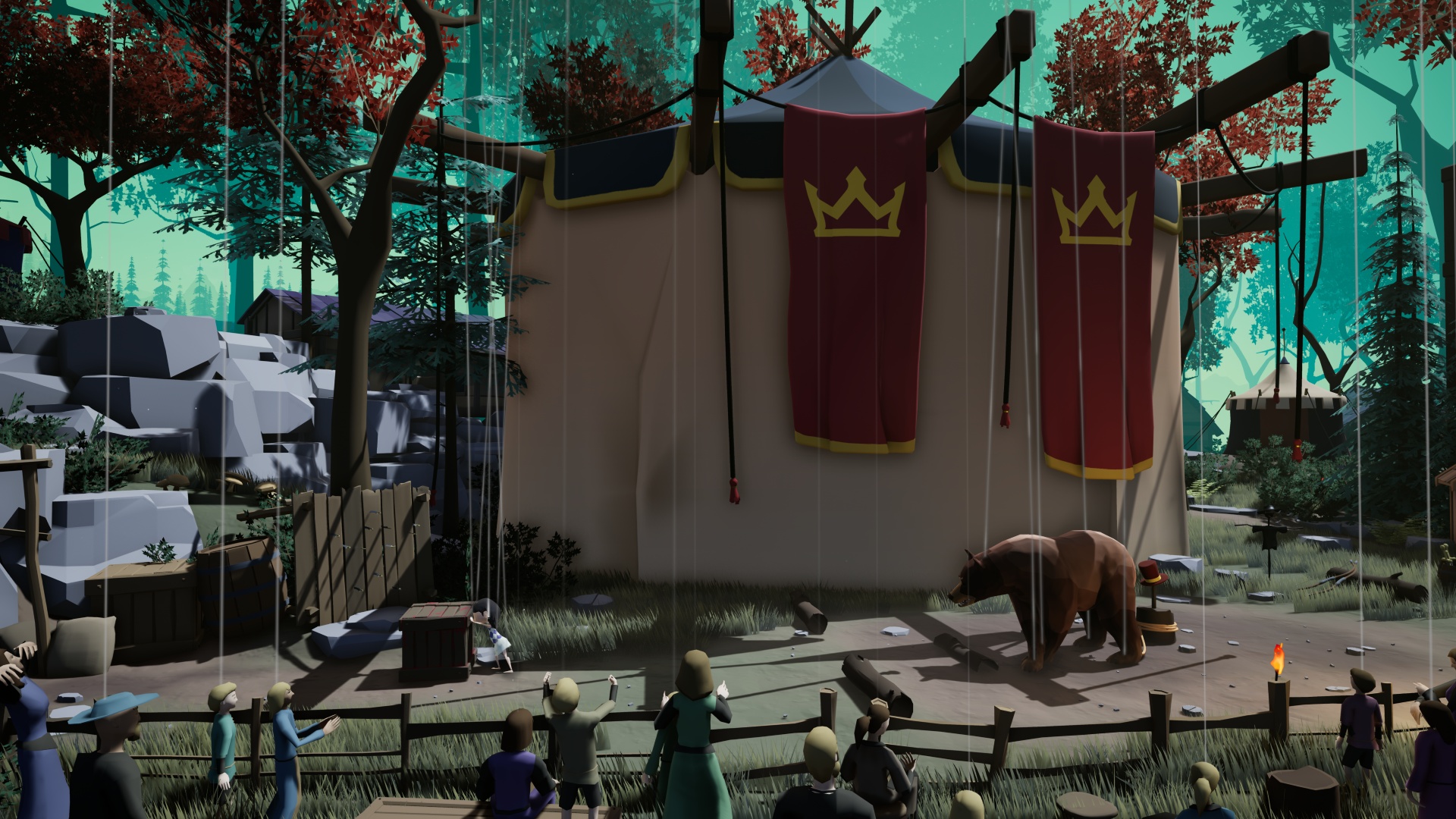
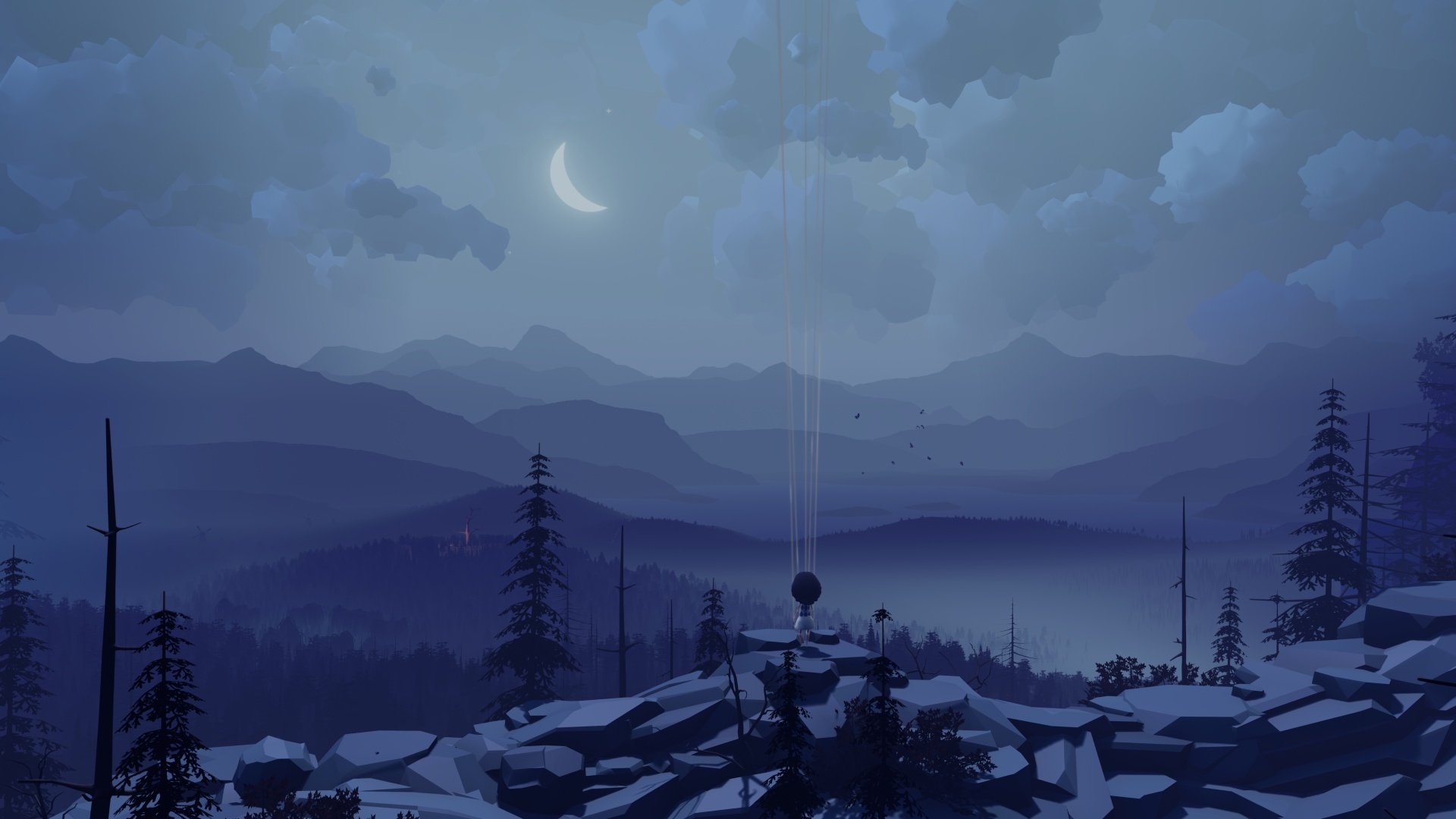

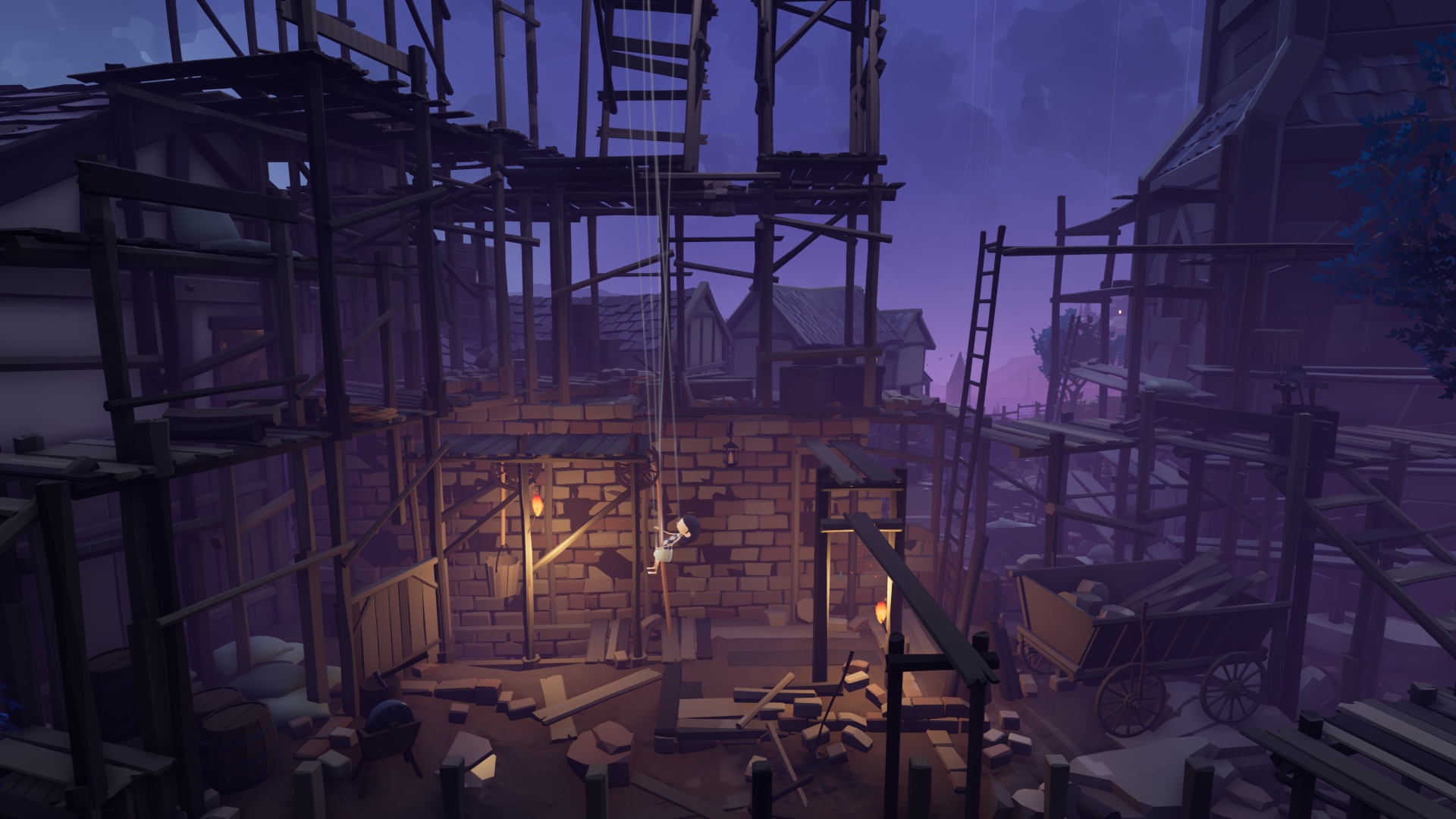
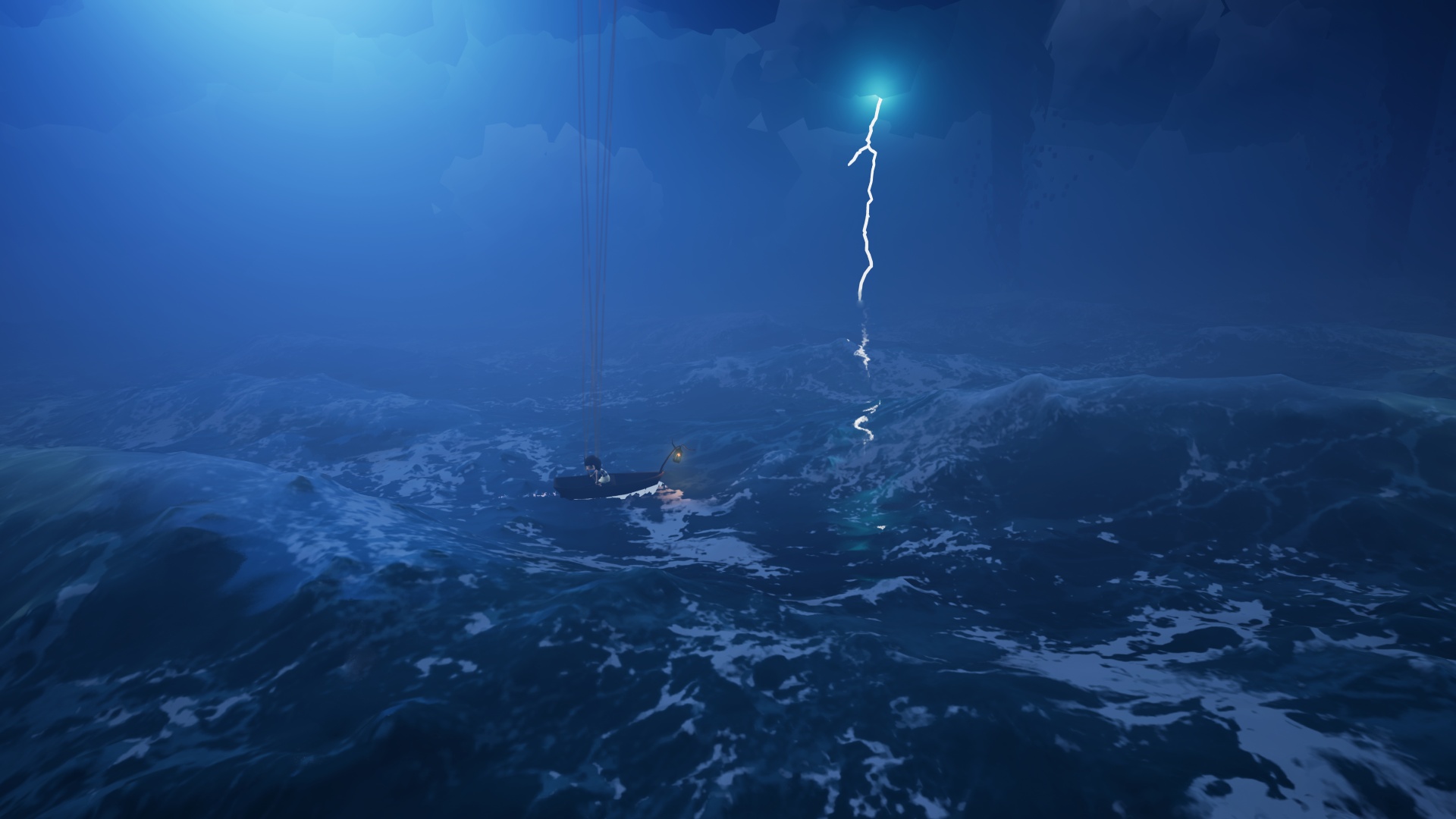
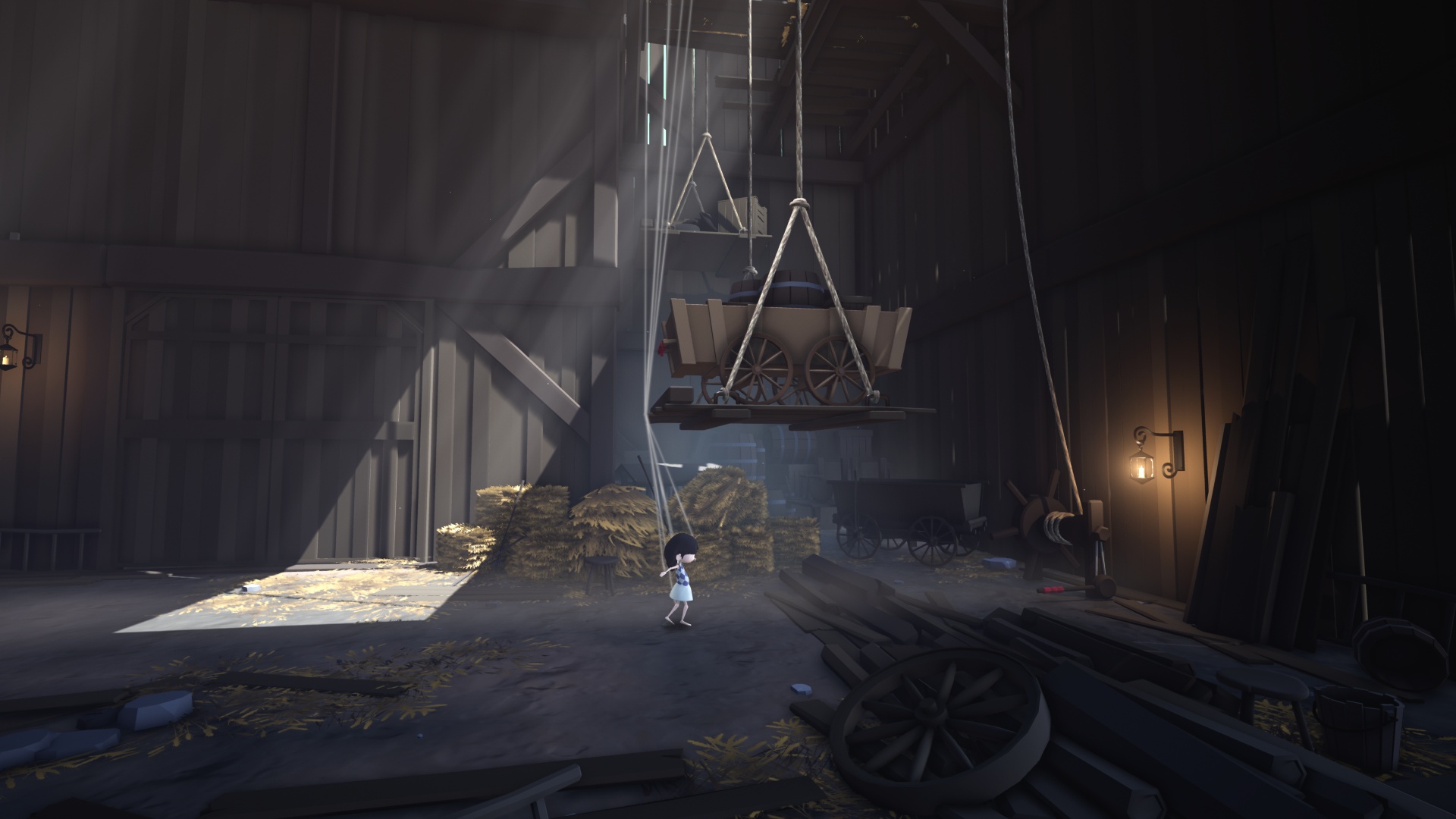

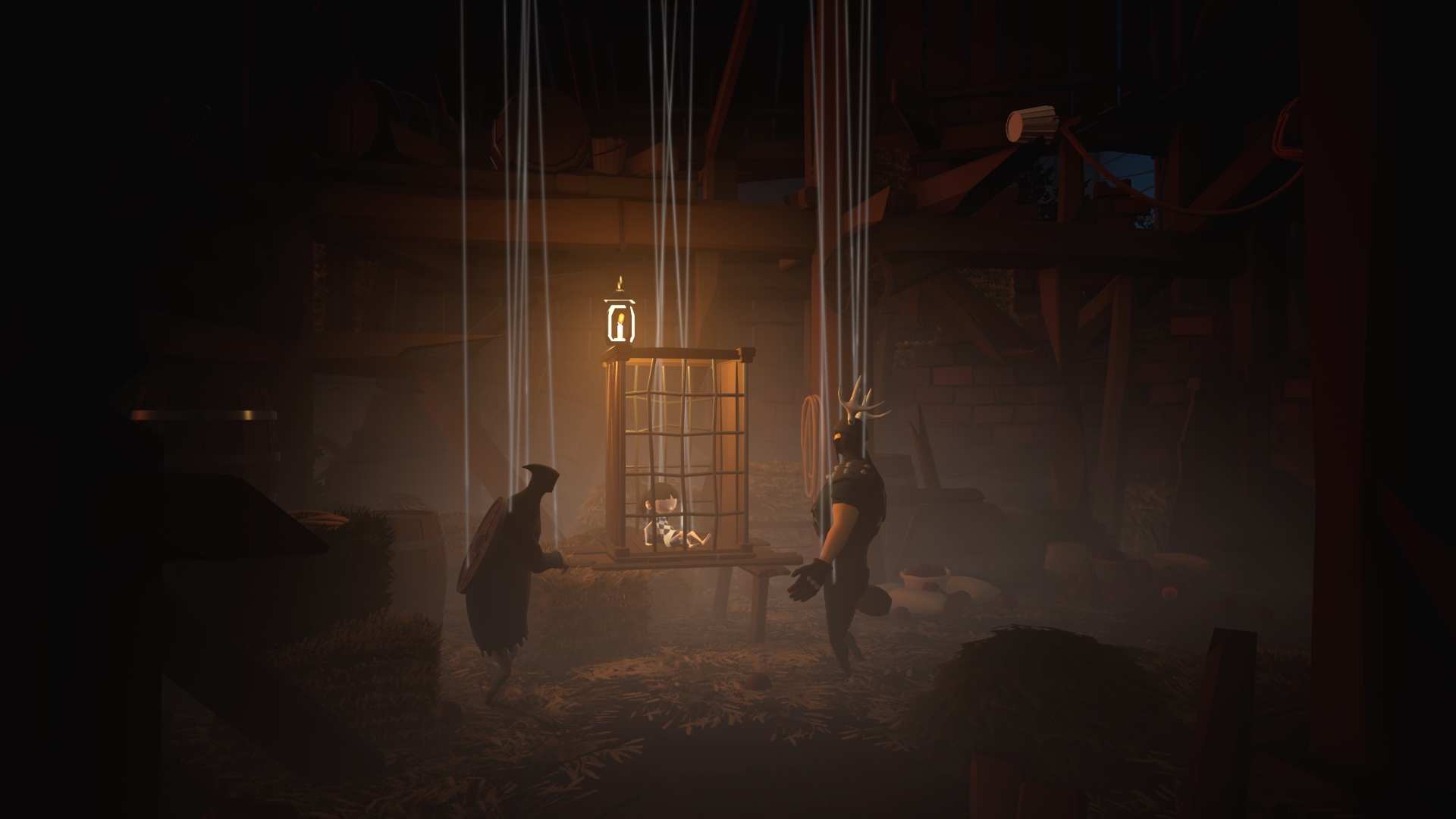
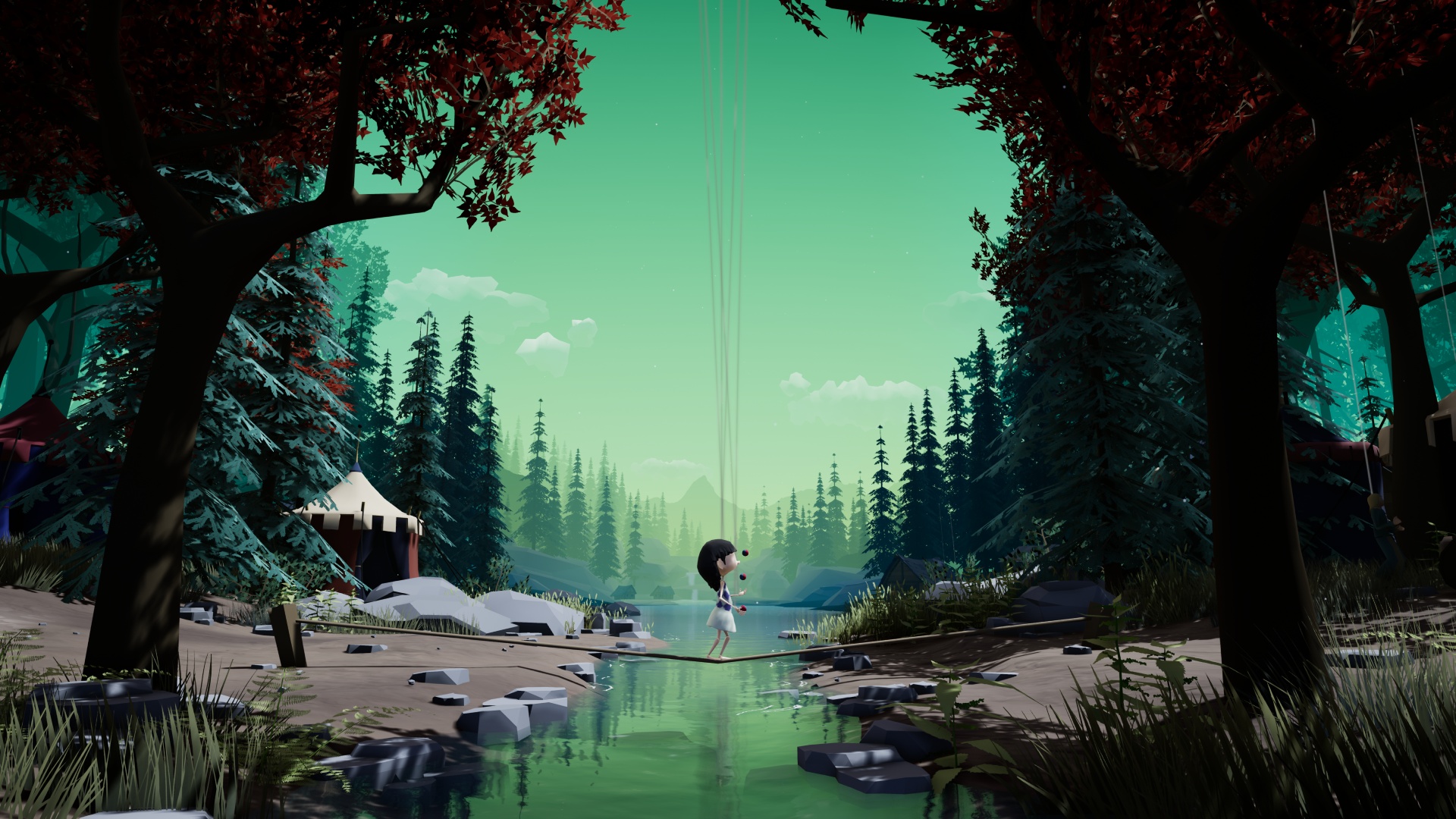
In the interest of full disclosure, the publisher provided VGamingNews with a copy of the game in order to conduct this review.

